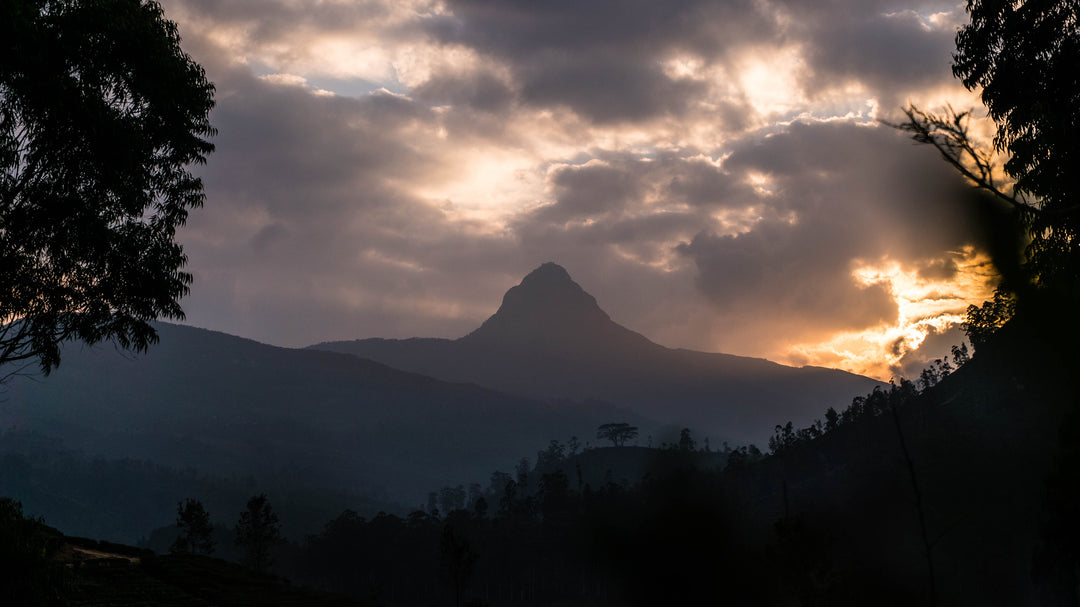Festival of Lights, Fields of Tea: Deepavali on the Estates
November is the time of year when Hindus the world over celebrate the festival of Deepvali or Diwali. This year it takes place on Sunday 12th November.
Deepvali is the festival of lights. It is where Hindus the world over celebrate Lord Rama and his wife Sita’s return to Ayodhya after their 14-year exile.
The working populations of Ceylon’s highland plantations are of Indian ancestry and practice the Hindu faith. Plantations close down to observe the religious period. Houses across the plantations are alight with lamps to celebrate the occasion.
This year we have experienced some heavy rain leading up to the festive period. This means that this year’s Deepvali period will see a higher growth of tea that is found on the bush than normal.
The time after Deepvali is always a busy time. Usually, tea bushes are plucked on a cycle of 7 days at the higher elevation. The usual plucking that is employed is a fine pluck where the top two leaves and a bud are carefully hand plucked of the bush.
With estates shutting down for up to 10 days, many bushes on plantations are sprouting shoots that will require much more than a fine pluck to maintain the height.
 A Hindu Kovil, a common sight n the Hill Country
A Hindu Kovil, a common sight n the Hill Country
At a time like this, to restore the plucking table, estates will employ a corse pluck where the bottom two leaves and in some cases even the fifth leaf will be picked.
Estates will battle to restore the plucking table and on the larger plantations a total of 25,000 kilos of green leaf will be plucked by hand per day and sent to the factory for manufacture.

However, the pace of work doesn’t stop there, as all this green leaf must now be processed.
After Deepvali, the busiest area of a tea factory is the shifting room, where tea grading occurs. The work load is increased on plantations that manufacture orthodox teas (OP,OP1,BOP1& Flowery Grades) as opposed to orthodox rotavane that only produce BOP, BOPF and Dust 1 followed by the secondary dust grades.
With all this tea growth, how does the tea taste you ask? As the saying goes, “You can make good tea with good leaf, you can make bad tea with good leaf. But you will never take bad leaf and make good tea.”
“Good leaf” is classified as the young shoots, and normally this means the top two leaves and a bud. As the fourth and fifth leaf will be plucked the leaf is mature and coarse. When this type of leaf is withered and placed into the roller it does not allow a twist to be imparted. The final effect is a brown tea that will not be true to grade. The final liquor will also lack the flavour due to the heavy rains that are taking place.
The coming weeks, we will see a lot of teas that lack the quality component that we usually associate with high grown Ceylon’s. Thankfully, as normal plucking rounds are being restored we will start to see some better teas in December and into the new year.




